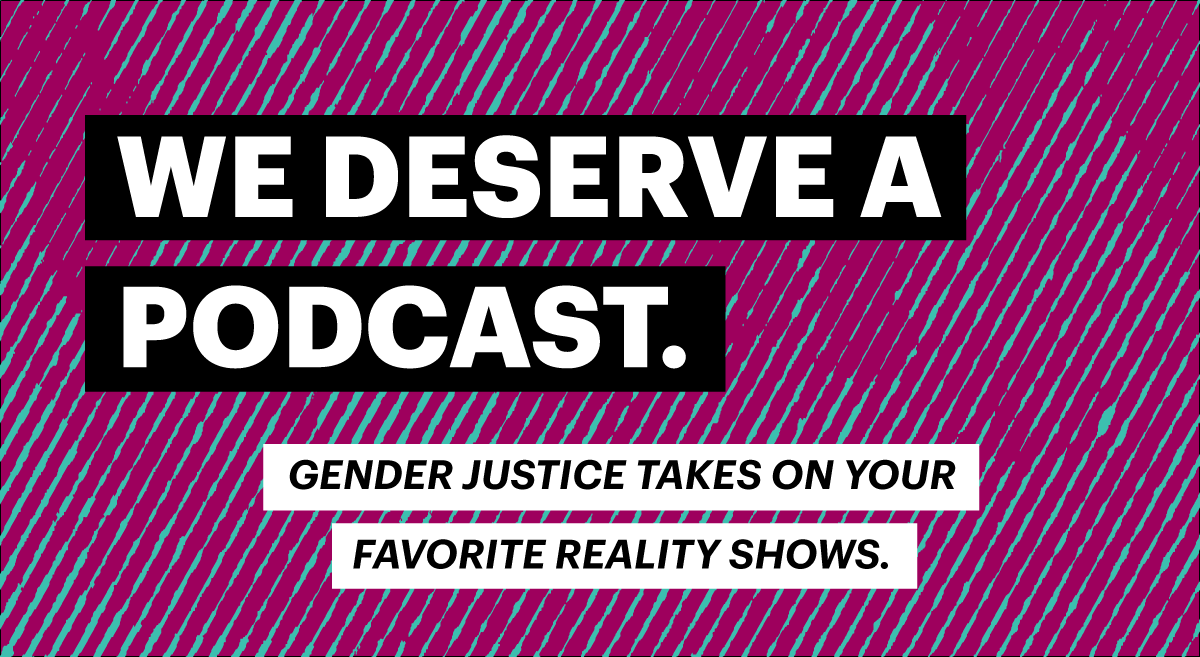Have You Ever Thought About Organizing a Union?

Unions. We have them to thank for so much, from weekends to helping to end child labor (despite some concerning attempts to bring it back) and so much more. Organized labor has brought immeasurable benefits to U.S. workers, and our new report highlights that unions are particularly good for women workers. But what do you do if your workplace isn’t unionized? Simple: start one yourself!*
While organizing your workplace is definitely easier said than done, it’s an incredibly rewarding process that will enable you to grow closer to your co-workers and unite with a common purpose: improving your lives and working conditions in material ways. The first step is to figure out if there have been unionization efforts at your place of work in the past. Ask around; find some veterans of your organization whom you trust and see what you can find out. If it’s happened before and petered out for some reason, try to discern what that reason was so that you can avoid making the same mistakes. One thing to keep in mind throughout this process is to keep things discreet. You don’t want management to find out about your efforts before it’s time to go public. If they do, it gives them the opportunity to put union-busting tactics to work, making your job that much more difficult.
Then, find your organizing committee: the co-workers you’re closest to who are most likely to be willing to devote time to the cause; the ones who you find yourself complaining to about workplace conditions most frequently. Your friends! These are the people who will be in the trenches with you, so to speak — putting in the work toward communicating with all eligible employees at your workplace and building support for something bigger than yourselves. Ideally, your organizing committee will represent a diverse array of workers from different parts of your organization.
Next up: schedule an introductory meeting with members of your organizing committee! Assign duties as you see fit. At the meeting, start a list of the most pressing issues for the employees at your job. This is also where you’ll start thinking about which union to organize within. If you work for a nonprofit, you could reach out to our union, NPEU; otherwise you can use this tool to find options for your industry within your area. Start conversations with the union about how to develop materials to educate your co-workers about unions and why your workplace needs one.
From there, it’s off to the races. Create a list of the union-eligible employees at your workplace — those who don’t manage or supervise other employees — and start reaching out! A few pointers: It’s important to ensure you’re aware of any legal requirements about union organizing at the workplace, so make sure to talk to your union organizer. When possible, take things to a secondary location like an out-of-office meeting or on your personal Zoom account. This should be a two-way conversation. Ask your co-workers what they’d change at the workplace if they had the chance. At the end of the conversation, ask them explicitly whether or not they support forming a union. Keep track of these opinions on your list. You’ll need at least 50% support from eligible workers (but generally you should aim for 70%-80%) and will need to demonstrate that support to your employer or the NLRB. Eventually you’ll have folks sign authorization cards, to determine if you have majority support and authorize union representation.
Once you’ve gotten majority support, it’s time to go public. Sometimes you’ll ask your management to voluntarily recognize your union, other times, you’ll file for an election through the National Labor Relations Board. Either way, if all goes well you’ll be officially unionized! But it doesn’t stop there.
Now that you have your union, you’ll have to negotiate your first contract. You and your colleagues will work with your union representative to bargain a contract that centers your unique priorities. When your pay, benefits and working conditions are solidified into a union contract, management can’t make unilateral changes — meaning you and your colleagues can have a lot more security and stability in your working lives. Once a contract is finalized, your union members will be able to vote to approve the contract — and you’ll do it all again when the contract expires!
If you do decide to start a union at your job, it can be one of the most rewarding experiences of your life. It was for me! And regardless of whether you succeed, you’ll be imparting a crucial lesson onto your co-workers: we all deserve to have a voice in our workplace. We deserve a workplace that is respectful and one that pays us what we’re worth. We deserve benefits, a work-life balance, and affordable and effective health care. When we work together and have solidarity for one another, we can do big things. A better world is possible — but only if we fight for one.
Disclaimer: this blog does not provide and is not intended to provide legal advice. Please consult an attorney or union representative with any legal questions regarding how to form a union and what to do in the face of retaliation.
*The National Labor Relations Act (NLRA) protects the right of workers to organize and bargain collectively. The NLRA protects most, but not all, private sector workers and does not apply to employers who employ only agricultural workers or employers subject to the Railway Labor Act (interstate railroads and airlines). Protections may be available under other laws.




